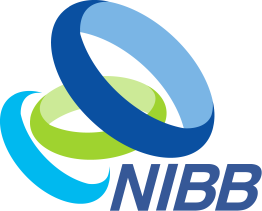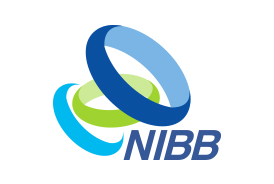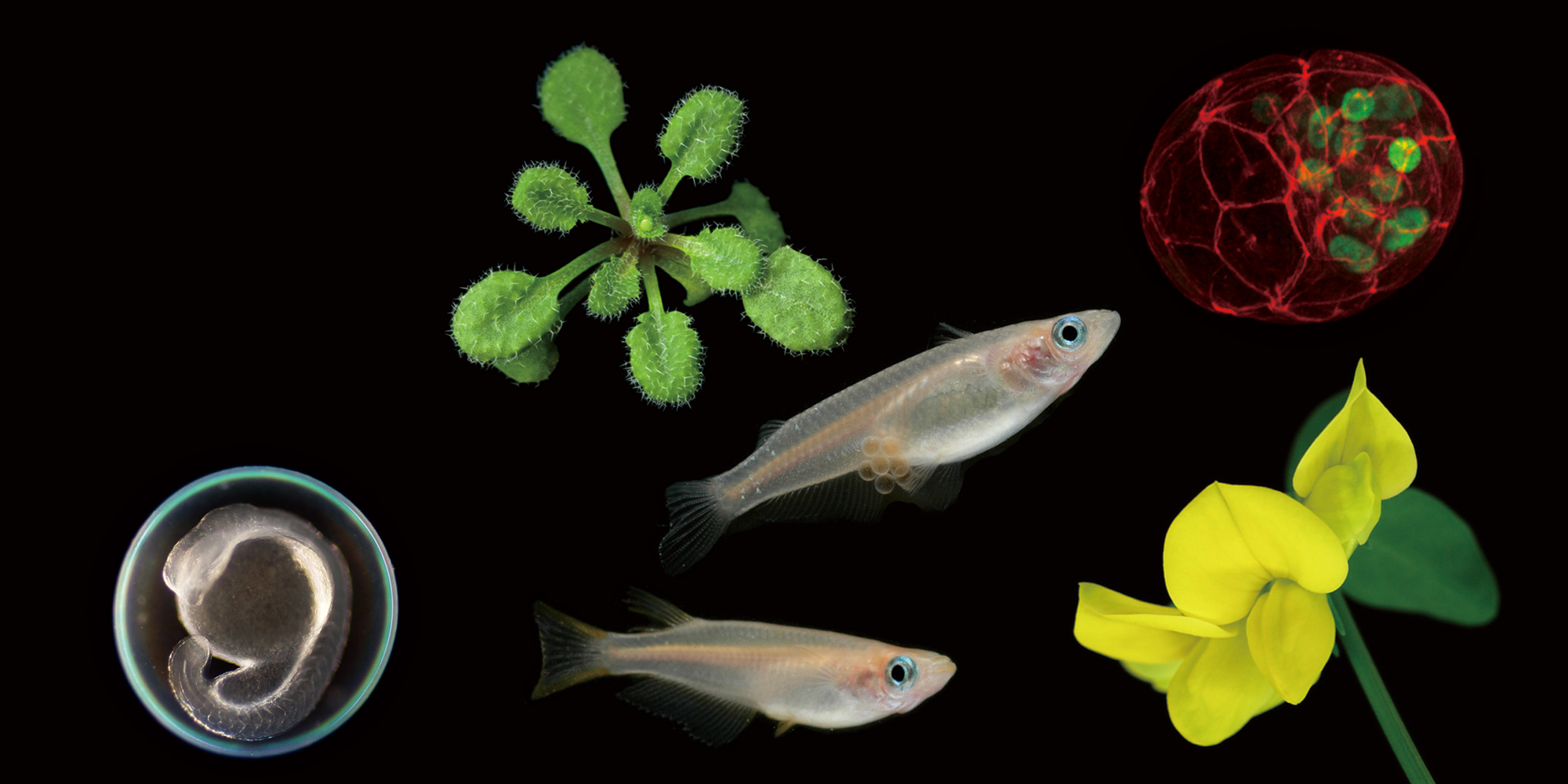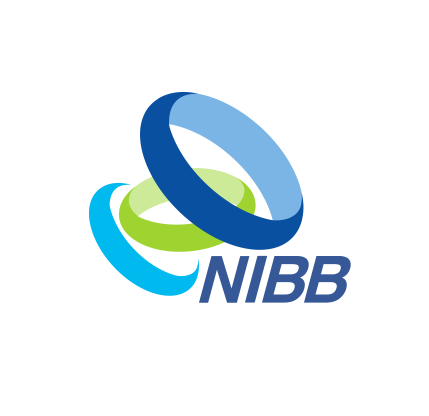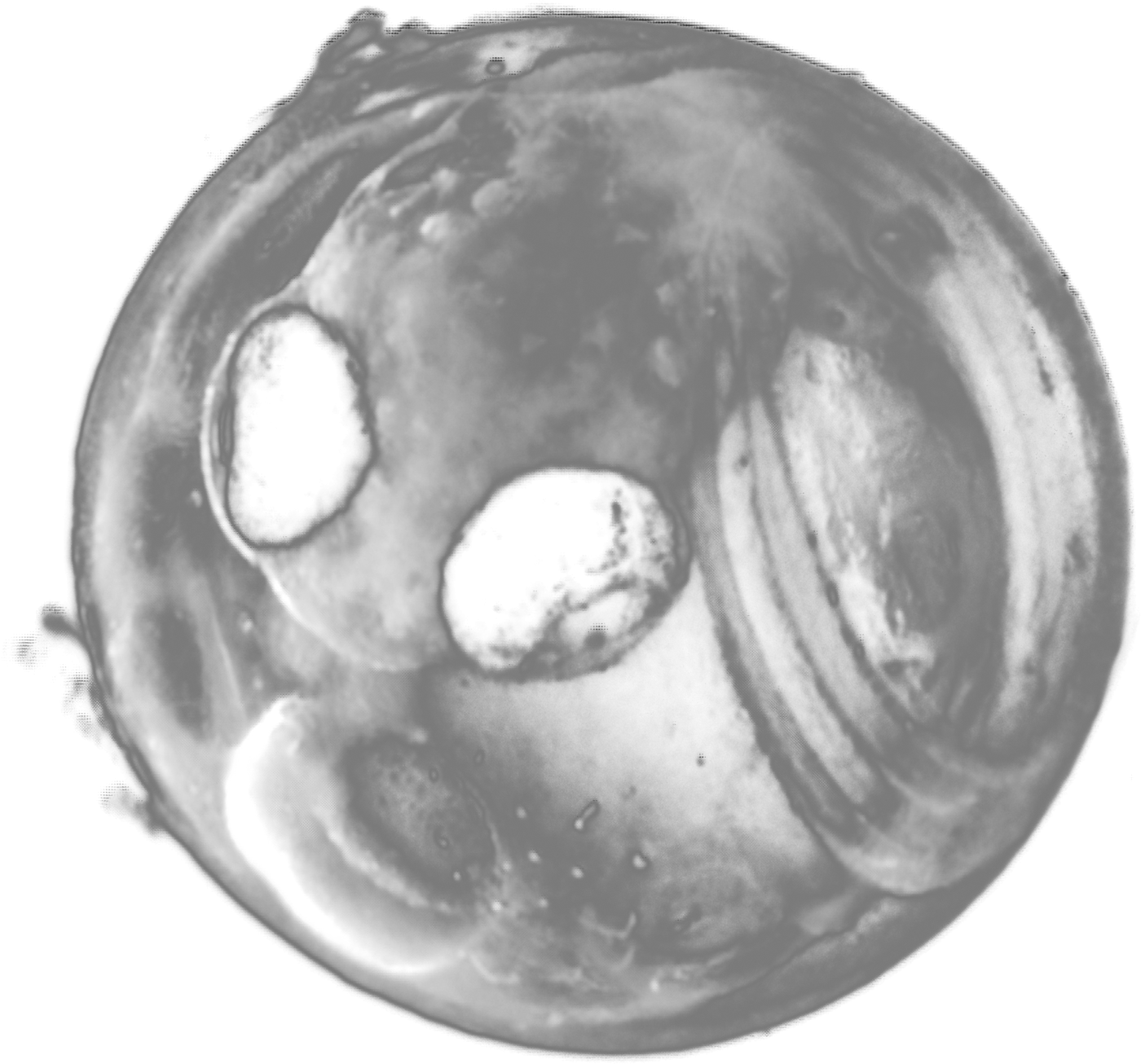2016.08.29 Other
Light-sheet microscopy: an emerging imaging technology for living organism and cleared biological specimens
Dr. Shigenori NONAKA (National Institute for Basic Biology)
2016. 08. 29 (Mon) 9:00 ~ 10:30
Conference Room, NIBB (Myodaiji)
Laboratory of Bioresources, Yusuke Takehana (7579)
The 9th NIBB International Practical Course
The 4th NIBB-TLL Joint International Practical Course
Open Seminar
Light-sheet microscopy: an emerging imaging technology for living organism and cleared biological specimens
Light-sheet microscopy1,2 is an optical sectioning microscopy using a sheet-shaped excitation light to illuminate the focal plain of the detection objective lens. Since the excitation is limited to the focal plain, the light-sheet microscope has an advantage of much lower photodamages i.e. bleaching and phototoxicity to the samples, in comparison with widely used confocal microscopes. This feature makes the light-sheet microscope as an ideal tool for developmental biology, where intensively repetitive scanning is required for 4D imaging.
Another advantage of the light-sheet microscopy is fast image acquisition, which comes from taking an XY image at once using CCD/CMOS camera instead of point scanning in confocal or two-photon microscopes. This feature enables imaging of fast phenomenon such as heart beating or amoeba movement. It also makes very convenient taking images of cleared big samples, such as whole brain treated with Scale, SeeDB, CLARITY, etc.
On the other hand, the light-sheet microscope has some downsides: since the sample is surrounded by two or more objective lenses, its mounting needs special consideration. Illumination from the side makes uneven image quality within an XY image, better at the illumination side and worse at the opposite. Shading and reflection of the excitation light within the sample cause stripe artifact. Numerous techniques have been developed to improve these problems.
In this seminar I will talk about general aspects and our technical developments on light-sheet microcopy: techniques for imaging gastrulating mouse embryos3, visualization of amoeba movement using an easy-to-build light-sheet microscope utilizing a conventional confocal microscope (ezDSLM)4, and two-photon light-sheet microscope with wider field of view5.
References:
1. J. Huisken et al., (2004) Science. 305, 1007-1009.
2. P. J. Keller et al., (2008) Science. 322, 1065-1069.
3. T. Ichikawa et al., (2013) Plos One. 8, e64506.
4. D. Takao et al., (2012) Plos One. 7, e50846.
5. A. Maruyama et al., (2014) Biomed. Opt. Exp. 5, 3311-3325.
